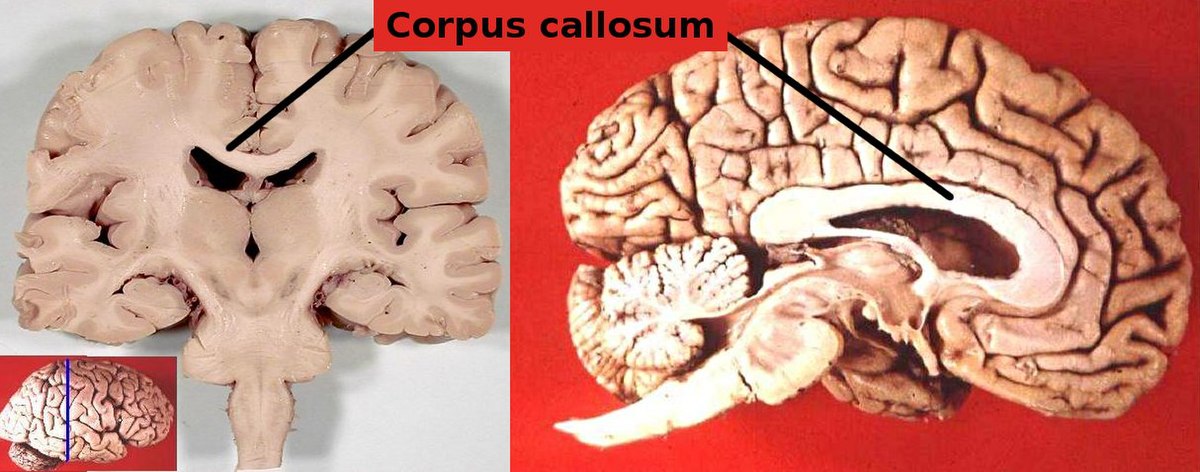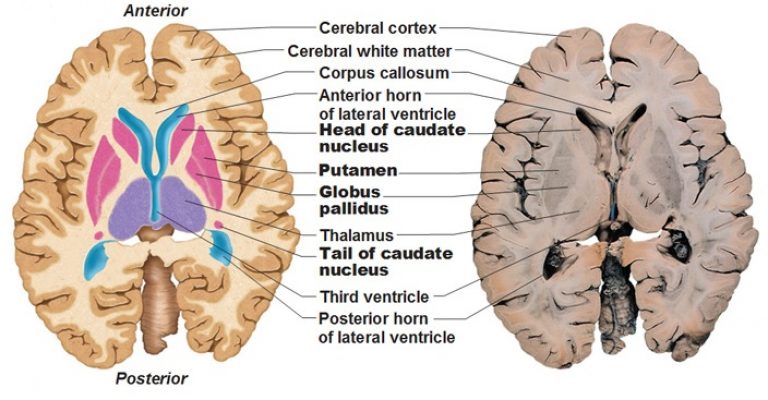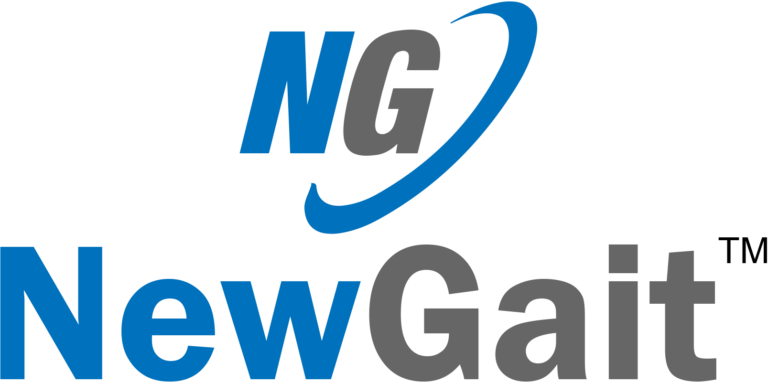Though oversleeping following a head injury may become a worry for an injured person and his relatives. The fact is that sleep gives the body a chance to rest and the brain an opportunity to recover. Furthermore, as sleep allows the brain to stockpile more energy, it it is crucially required during the healing period following TBI.
It’s remarkable, however, that if oversleeping persists after sustaining a head injury, then post-traumatic hypersomnia can be identified. This may include induced sleepiness during the day and sleeping for more hours than the average 8 hours at night.
In this post, we will explore not only the etiology and contributing factors to post-traumatic hypersomnia. We’ll also explore its benefits when abundant sleep follows head injury and its optimal timing.
What are the Causes of Stroke in the Corpus Callosum?
Imagine the brain as a bustling city. Blood vessels in the brain are much like the streets that keep the traffic flowing. Sometimes, there’s an accident: a road might get blocked, or a pipe bursts. The same thing happens during a stroke.
This is caused by the blockage of one of the ‘roads’ or arteries in the brain, called an ischemic stroke, or if it ‘bursts,’ it is called a hemorrhagic stroke. In such a way, the ‘traffic’ or blood flow in the brain is stopped.
This then causes ‘accidents’—cell deaths and loss of function. Now, suppose someone suffers a stroke in the corpus callosum area of the brain. In that case, traffic is disrupted on one of the city’s significant bridges. The corpus callosum forms an integral part of the human brain. If blood supply to this region gets obstructed, immediate medical attention must be sought.
Suppose the ‘city’ or brain is compared with other small parts. In that case, the corpus callosum is like an area where several major highways converge. It implies that it has a significant amount of blood supply; it derives its blood supply from several ‘streets’ or arteries. That explains why strokes in the corpus callosum are rare. However, when one occurs, it can impact many functions.
It will help to understand what to do or what might happen if there is a corpus callosum stroke. This learning shall pertain to the knowledge of what jobs this ‘bridge’ or corpus callosum does in the ‘city’ or brain.
What Does the Corpus Callosum Stroke Do?
The corpus callosum is the largest white matter structure in the brain, comprising nearly 200 million fibers. The nature of its role for these fibers is necessary for being the very medium through which information is transmitted between the left and right halves of the brain-in plainer words. They allow the two halves of the brain to communicate with each other.
Further, the corpus callosum can be divided into four distinct parts: the rostrum, genu, body, and lastly, the splenium.
Each of the components above makes a specific connection with parts of the cerebral cortex, such as the frontal lobe, temporal lobe, occipital lobe, and other areas. The corpus callosum organizes motion coordination and interprets sensory information between these brain hemispheres.
It is also believed to be crucial in mental processes like memory and planning. However, should a stroke occur in this region of the brain. Then this vital pathway of interhemispheric communication is severed. In turn, it may precipitate a host of further effects.
Effects of Corpus Callosum Stroke

Since this is a substantial part of the human brain, damage to the corpus callosum due to a stroke may affect entirely different functions depending on the area affected. Strokes affecting the corpus callosum mainly show a range of problems related to the coordination and processing of sensory information from both sides of the cerebral hemispheres.
For example, a person may experience dizziness, imbalance, and loss of sense of direction due to defective visual information processing. Additionally, it becomes difficult for someone to perform any activity. It requires fine motor skills due to the inability to coordinate small muscular movements. A stroke also inflicts some indirect additional effects on the corpus callosum, which includes:
Visual Defects
The corpus callosum is also very important in integrating visual information from both eyes. This is very important because once the communication between the two halves of our brain is interrupted. This is most probably due to a stroke that has damaged the corpus callosum. It may cause vision problems, such as difficulty recognizing objects or trouble perceiving depth.
Cognitive Impairment
Moreover, as mentioned earlier, the corpus callosum is heavily involved in some higher mental functions, including memory and planning. Thus, since it is prone to damage caused by the action of a stroke. Deficits in these functions will likewise develop, such as souvenirs recalling memory or inefficiency in planning and organizing things.
Alien Hand Syndrome
Alien Hand Syndrome is a sporadic disorder that may develop after a stroke in the corpus callosum, part of our brain. If one becomes afflicted with this bizarre syndrome, one of a patient’s hands. The left one in most cases—executes complex, goal-directed movements on its own accord. A person unwillingly does something—that movement—which occurs anyway.
The type of Alien Hand Syndrome that usually results after an injury to the corpus callosum is known as callosal dyspraxia. In this type, the involuntary movements of the left hand are opposite to those of the right hand. For example, if your right hand is putting on a sock, your left hand will act oppositely and pull it off.
Tactile Anomia
Tactile anomia is a condition whereby one can hardly identify something by feeling it. This happens because of the disruption in the flow of sensory information across the two sides of the brain. As such, affected persons might have to rely even more heavily on other senses to identify familiar objects through vision or even smell to identify an object previously identifiable by touch alone.
Gait Disorders
Difficult walking is seen after a stroke, which affects the corpus callosum. The corpus callosum is the part of the brain that connects the two hemispheres. This happens mainly because communication is now complicated between these two different areas of the brain interlinked with each other.
The right hemisphere controls movements of the left half of the body, while the left hemisphere operates movements on the right side. When a stroke damages the corpus callosum, information processing between these two sections of the brain can’t function.
This may mean that the individual has problems harmonizing body movements. One such result could be gait and balance problems due to the uncoordinated processing of information from the brain’s two hemispheres.
Treating Corpus Callosum Stroke
Every stroke is different, hence the varying outcomes. Because of this, treatment ought to be customized according to the original complications.
Let’s not forget that strokes affecting the corpus callosum are seldom isolated incidents. It is quite characteristic that surrounding brain structures often also bear a part of the brunt, leading to further complications, which must then be factored into the treatment plan.
This means that much of the recovery from a corpus callosum stroke focuses on facilitating patients’ use of their intact abilities to their best advantage and promoting neuroplasticity. Neuroplasticity is merely the brain’s unbelievable capacity to reorganize, regroup, and reroute its neural connections. This resilience guarantees that the functions affected by stroke can be relocated to non-impacted areas and then enhanced with consistent, rigorous practice.
Engaging constantly in specific activities that target the affected functions is necessary to boost neuroplasticity. Regular practice of these impaired functions initiates brain stimulation and strengthens the demand for those functions.
It’s a simple principle: the more you practice, the more adaptive changes your brain undergoes. It is good to know how best to target functions affected by a corpus callosum stroke, which rehabilitative therapies can utilize.
Corpus Callosum Stroke Rehabilitation
It’s a general term applied to the curative process of restoring people to health or normative functioning following specified injuries or illnesses. The corpus callosum stroke rehabilitation programs help enable recovery and independence in daily activities.
The rehabilitation process usually commences when a qualified health professional team comprised of doctors, therapists, and nurses assesses the patient to assess their strengths and limitations. This helps develop an individual treatment plan for use during the rehabilitation process.
Physical, occupational, speech, and cognitive therapy are usual therapies incorporated into the corpus callosum stroke rehabilitation process. All these various kinds of treatment target different aspects of the stroke’s effects, ScheininBA involving motor, daily living activities, communication, and cognition.
To Sum Up
Other than undergoing therapy, there are plenty of ways a person can help recover from a corpus callosum stroke. These could include following healthy lifestyle choices and reserved healthy diets. It it also important to keep being physically fit, getting enough rest, and managing stress levels.
Further, rehabilitation is impossible without support from family members and friends. Their encouragement and assistance can improve an individual’s progress toward health and general well-being.


